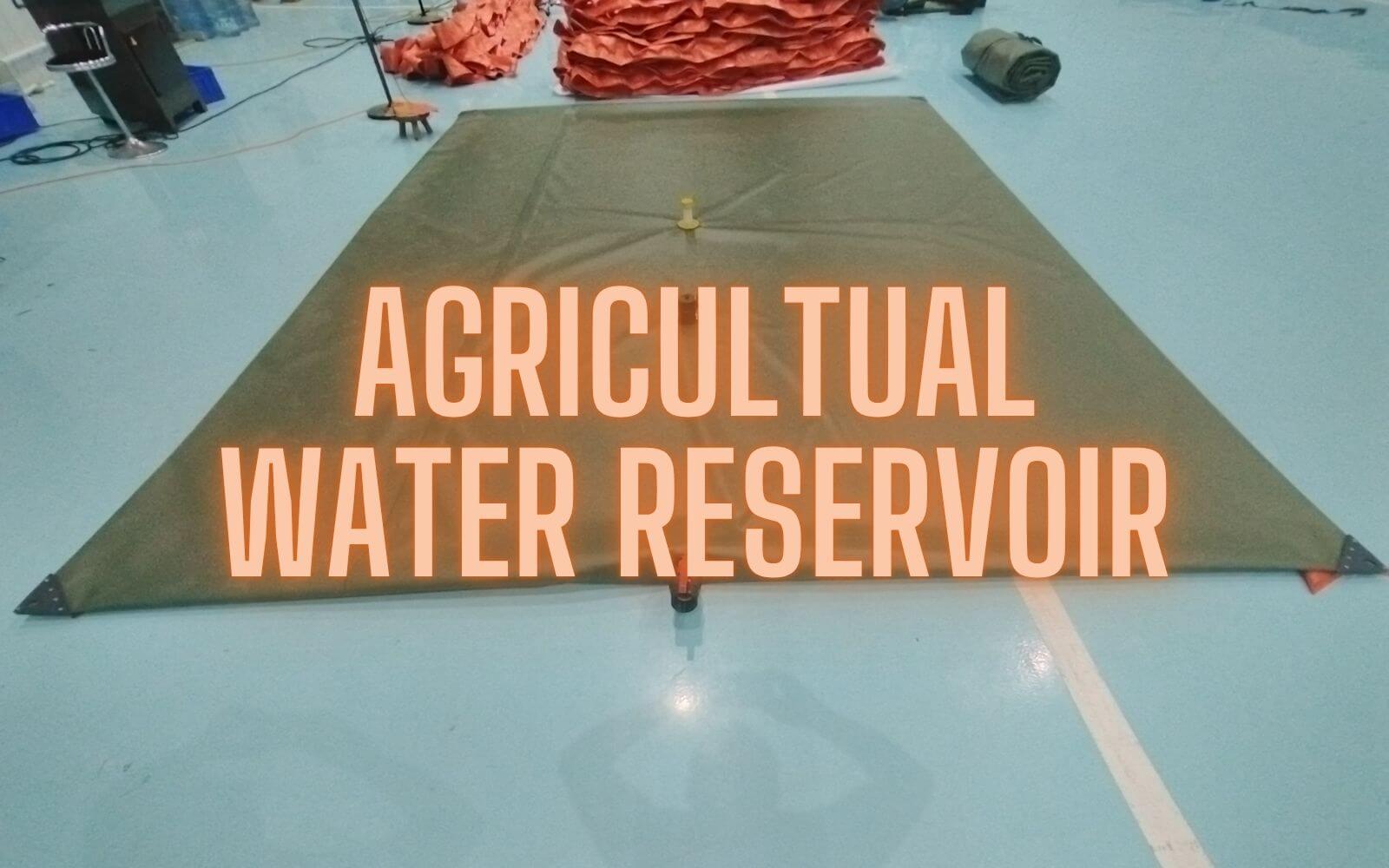AGRICULTURAL WATER RESERVOIR
Choosing the right liner for your agricultural water reservoir is critical for preventing leaks, resisting punctures, and ensuring long-term durability. Among the top options—HDPE, EPDM, and PVC liners—each has unique strengths depending on your farm’s needs.
In this guide, we’ll compare these three liner types with each exclusively advantages including:
Puncture resistance – Which liner withstands roots, rocks, and equipment best?
Chemical compatibility – How they handle fertilizers, manure, and algae treatments
PVC’s key benefits – Cost, flexibility, and ease of installation
Lifespan & maintenance – What to expect long-term
By the end, you’ll know exactly which liner is ideal for your farm pond, irrigation storage, or livestock watering system.
Why Liner Choice Matters for Agricultural Water Reservoirs
A quality liner prevents:
✔ Water loss (up to 50% of stored water can seep through unlined ponds).
The pond liner not only provide an emergency solution for pond leakage, also an ideal way to lining on the surface of the pond to avoid natual seeping.
✔ Soil contamination (from manure or fertilizer seepage).
The agricultural liquid is not just the fresh water, sometimes we need to store the chemical liquids like the manure or fertilizer liquids, then the pond should be compatible the chemicals. The pond liner can help to void the frastructure construction.
✔ Algae growth (by creating a smooth, impermeable barrier).
The traditional rigid water pond, namely concrete pool, steel water tank, the algae growth makes the users headache. But the technical liner pond adds the anti-algae property to solve this problem
The three most common materials—HDPE, EPDM, and PVC—each address these challenges differently.
HDPE vs. EPDM vs. PVC: Key Comparisons
| Feature | HDPE | EPDM | PVC |
| Puncture Resistance | High (best for rocky soils) | Moderate (vulnerable to sharp objects) | High (flexible but tough) |
| Chemical Resistance | Excellent (handles acids, manure) | Good (degrades with oils) | Excellent (resists fertilizers, algae treatments) |
| Lifespan | 2-5 years | 5-10 years | 10–15 years |
| Cost | $$$ | $$ | $ |
| Installation | Difficult (requires welding at site) | Moderate (heavy, needs seaming) | Easiest (lightweight, flexible) |
PVC Agricultural Water Reservoir: The Best Balance of Cost & Performance
While all three liners have merits, PVC stands out for agricultural water reservoirs due to its:
1. Superior Puncture Resistance
Flexible and durable: Withstands minor tears from rocks or roots better than brittle HDPE.
Reinforced options: Reinforced production PVC (30+ mil) resists animal hooves and equipment.
2. Best Chemical Compatibility
Resists ammonia (from manure), nitrates (fertilizers), and algaecides.
No degradation from sun exposure (UV-stabilized formulations available).UV-resistant property makes the PVC being used indoor and outdoor.
3. Lowest Cost & Easiest Installation
40–60% cheaper than HDPE/EPDM.
Lightweight: Can be unrolled by hand—no heavy machinery needed.
Heat-weldable seams: DIY-friendly for small reservoirs. And for larger scale project, the production can finish at factory and place at site direct.
4. Ideal Applications for PVC
Farm ponds (livestock water supply, irrigation water storage, aquaculture fish pool).
Manure lagoons (chemical-resistant), working as a digester or biogas storage tank.
Small to mid-sized reservoirs (from 100L to 1,000,000L liquid storage).
When to Choose HDPE or EPDM Instead
HDPE is Better For:
Large-scale reservoirs (over 1,000,000L liquid storage) needing 30-year lifespans.
Highly acidic environments (e.g., silage leachate storage).
EPDM is Better For:
Extreme temperature swings (-40°F to +300°F tolerance).
Over 20 years Fish ponds (non-toxic, rubber-like texture).
Installation & Maintenance Tips for PVC Liners
1. Prep Work
Remove sharp rocks/roots from the reservoir base.
Add a geotextile underlay ground sheet (prevents punctures).
2. Seaming
Use PVC welding glue orwelding machine for leak-proof seams.
Avoid overlaps >4 inches (can trap debris).
The best we recommend is doing the production in the factory, you can tell the factory what size and shape needed, then the factory does the welding and reinforced parts in the workshop.
3. Maintenance
Inspect annually for tears (patch kits cost <$20).
Clean algae with soft brushes (no metal scrapers).
Cost Comparison: PVC Saves Farmers Thousands
| Liner Type | Cost per sq. ft. | Installation Cost | Total Cost (1-acre pond) |
| PVC | $0.30–$0.50 | $500–$1,000 | $15,000–$20,000 |
| EPDM | $0.60–$1.00 | $2,000–$4,000 | $30,000–$40,000 |
| HDPE | $0.70–$1.20 | $5,000–$10,000 | $40,000–$60,000 |
Note: PVC’s lower cost makes it accessible for small/mid-sized farms.
FAQs About Agricultural Reservoir Liners
Q: How thick should a PVC liner be for a farm pond?
A: the PVC liner thickness from 0.4mm to 1.5mm, it will be decieded by the size and working places, then it’s better to check with manufacturer to choose the best thickness.
Q: Can PVC liners handle manure storage?
A: Yes—UV-stabilized PVC resists ammonia and methane degradation.
Q: What’s the cheapest way to line a reservoir?
A: PVC offers the best cost-to-durability ratio for most farms.
Final Recommendation
For 90% of agricultural water reservoirs, PVC liners provide the best balance of affordability, chemical resistance, and ease of installation. Reserve HDPE/EPDM for extreme conditions (massive reservoirs, fish farming, or Arctic climates).








